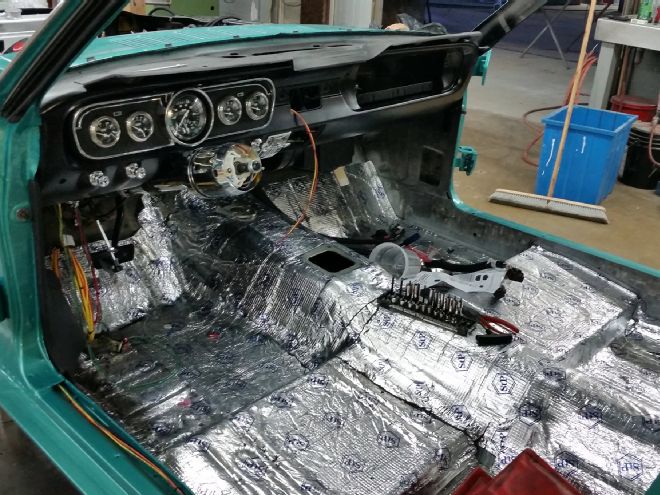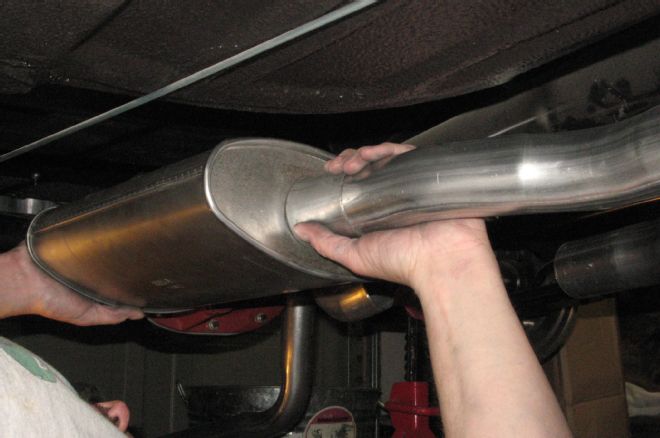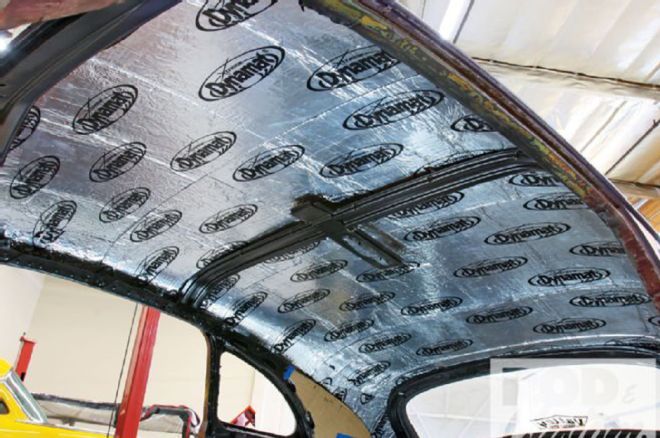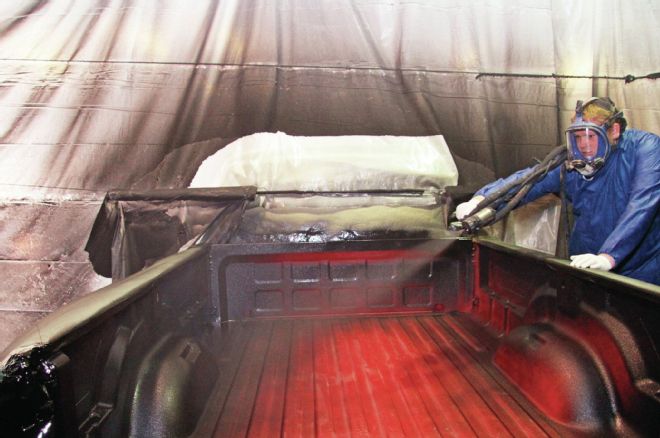
We’ve been bringing you a series of tech tips for the last few weeks, in an effort to help you avoid the mistakes that we have made. Building or working on a car is a huge learning experience for beginners, but even seasoned veterans like us make mistakes, or don’t think about some things ahead of time only to go back and fix our mistakes. Hey, it happens to all of use, and more often than we care to admit.
Today’s tip is in regards to the exhaust system, but not just the pipes and mufflers themselves—we mean the noise, reverberation, and “drone” that is commonplace with performance exhaust. Remember a day when loud exhaust systems were cool and you lived for driving by local cruising spots and cracking the throttle? As you get older, that loud bark and snarl from the pipes just starts to get old—loud and obnoxious isn’t cool anymore. It causes hearing loss and it tends to annoy people, especially your neighbors when you take the car out at dawn for a Cars & Coffee show. It also makes for a miserable drive if you’re going any distance. We know, “if it’s too loud you’re too old.” Well, call us too old to put up with exhaust noise that prevents a conversation with the driver and passenger.
 Muffler selection boils down to what enthusiasts like to hear. Although loud and obnoxious has long been what car buffs like to hear it is destructive to hearing. A loud exhaust system on a long highway drive will do extensive hearing damage. Ask us how we know. You want a soft throat — that confident burble at the tips as you cruise through town and profile your ride in store windows. Insulate your Mustang to keep unwanted road boom and exhaust roar out.
Muffler selection boils down to what enthusiasts like to hear. Although loud and obnoxious has long been what car buffs like to hear it is destructive to hearing. A loud exhaust system on a long highway drive will do extensive hearing damage. Ask us how we know. You want a soft throat — that confident burble at the tips as you cruise through town and profile your ride in store windows. Insulate your Mustang to keep unwanted road boom and exhaust roar out.
You want mufflers that will deliver bark without the bite of hearing loss and noise pollution but if you’re dead-set on having a loud exhaust system, put some thought into sound deadening inside the car. The obvious first thoughts are about products like Dynamat, Magic Mat, and others that are affordable and easy to install, but you can also take a clue from the pickup crowd and consider spray-on bedliner. It is fairly permanent and requires care and effort in applying—make sure your Mustang’s inner body is clean and mask all areas you want free of sound deadening before spraying it, then visit a spray-on bed liner shop and have them apply generous amounts of the stuff to floors, toe boards, up under the dash board, kick panel areas, quarter window pockets, and the trunk floor. Again — mask any areas you don’t want sprayed and be prepared to supervise the operation. Since this is more or less permanent (the stuff is really hard to remove), we wouldn’t suggest it on a rare or desirable car. In that case, the “mat” type products do a great job, including Quiet Ride Solutions, which offers the enthusiast incredible sound deadening packages for classic Mustangs that yield new levels of quiet.
If you decide to run loud mufflers, spray-on bedliner and Quiet Ride Solutions will shut the noise out. We’re talking all noise including road roar and body boom. If you are seeking a throaty exhaust bark without offensive noise levels, you might also take a look at the Flowmaster Series 50 Delta Flow muffler. Offset in and center out, it fits a classic Mustang perfectly and yields that familiar Flowmaster throat without resonance.
 Products like Magic Mat from Scott Drake or Dynamat are easy to apply, and work wonders for creating a quiet interior in a car.
Products like Magic Mat from Scott Drake or Dynamat are easy to apply, and work wonders for creating a quiet interior in a car.
 Spray-on bedliners like Rhino Lining work great for sound deadening, but they require care and are more or less permanent. Still, it’s an option.
Spray-on bedliners like Rhino Lining work great for sound deadening, but they require care and are more or less permanent. Still, it’s an option.